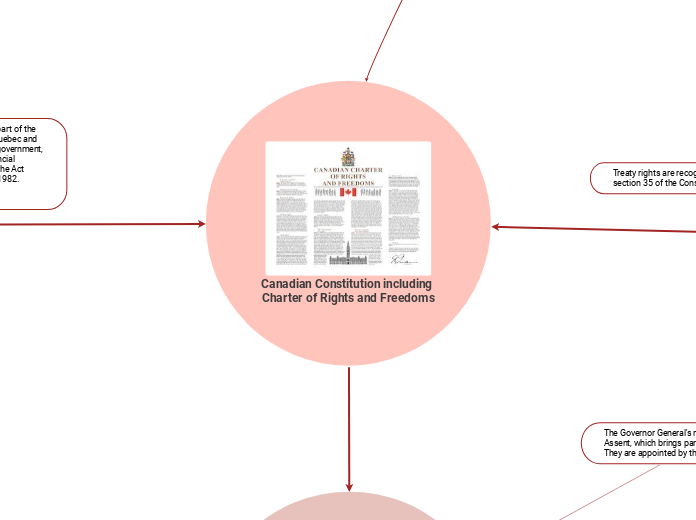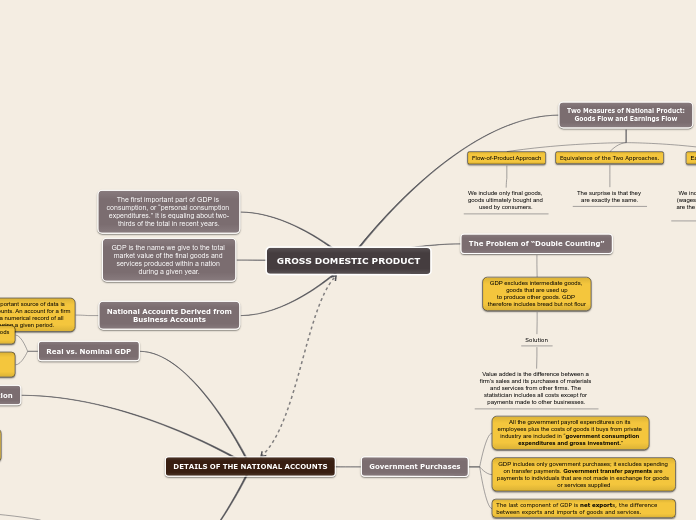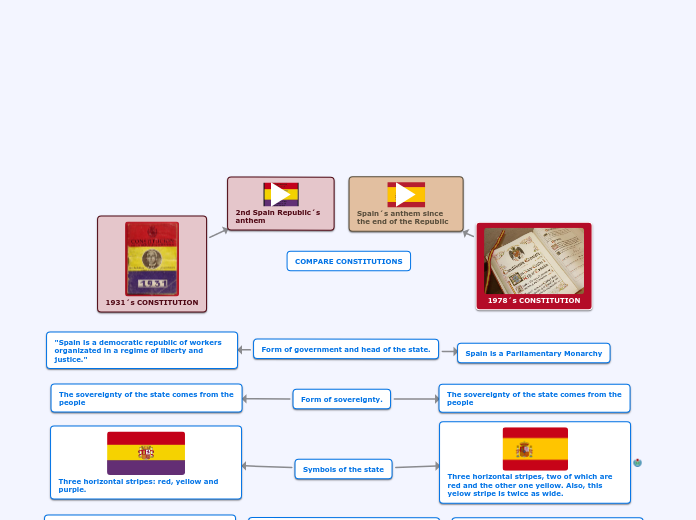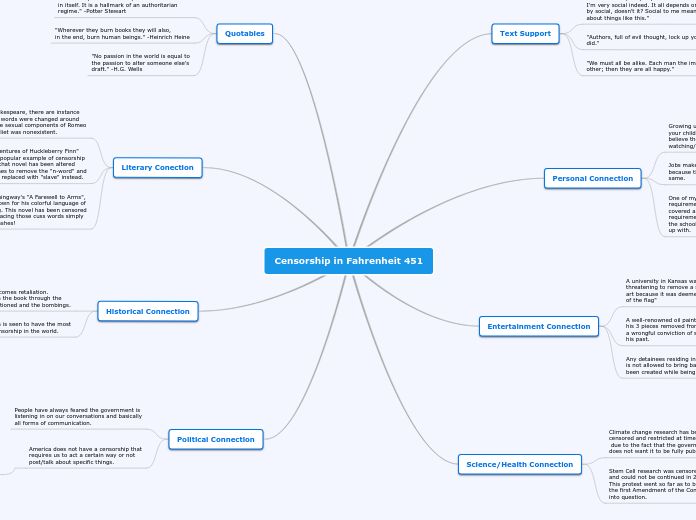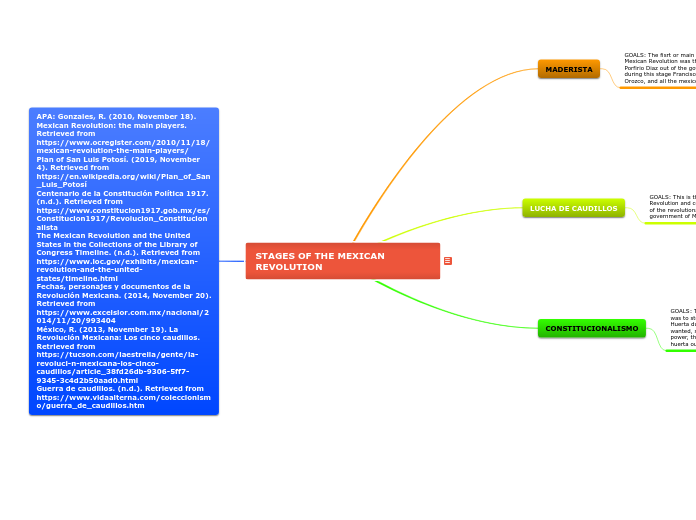por HP - 07PM - Roberta Bondar PS (1516) 1 ano atrás
139
Mind Map Civics - Democracy
The structure of the Canadian government is divided into several levels and branches, each with distinct functions and responsibilities. The Executive Branch holds decision-making authority, while the Judicial Branch, represented by the courts, independently rules on the legality of laws and resolves disputes.
